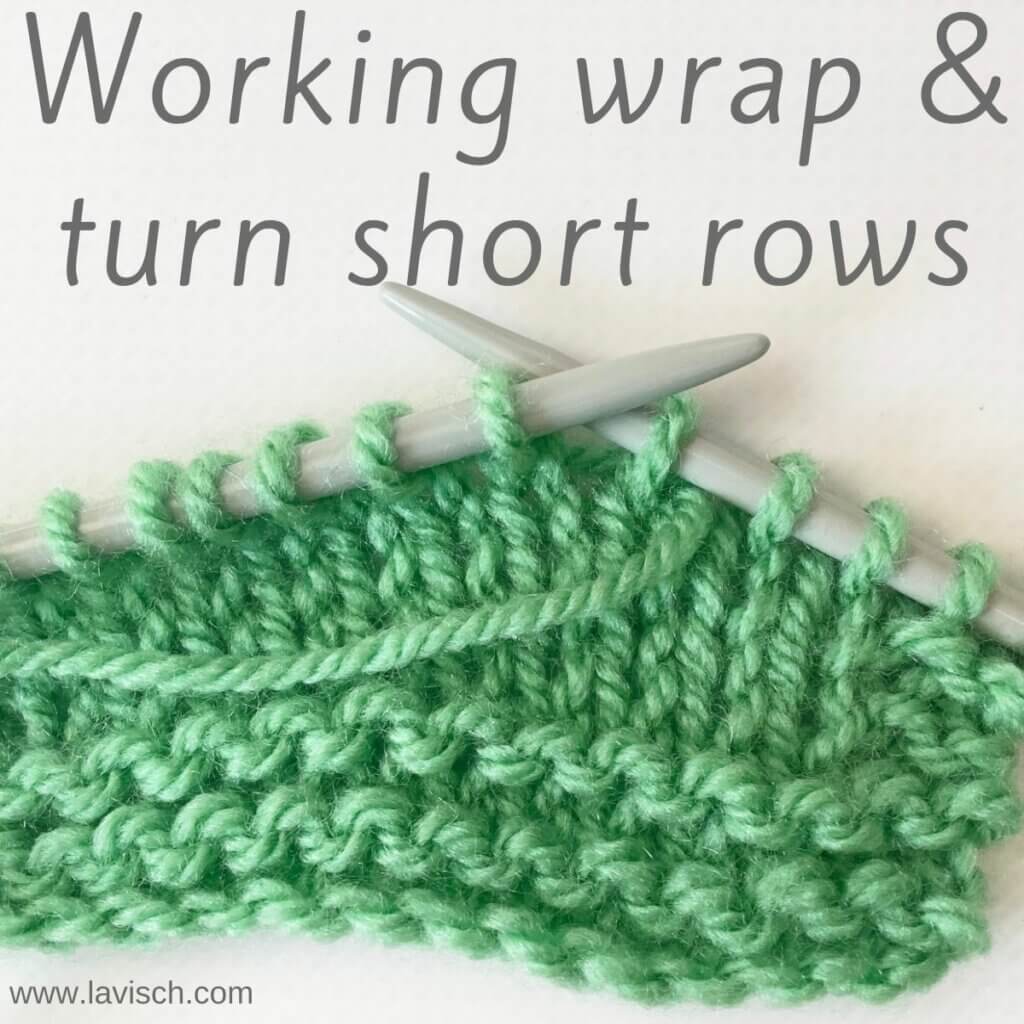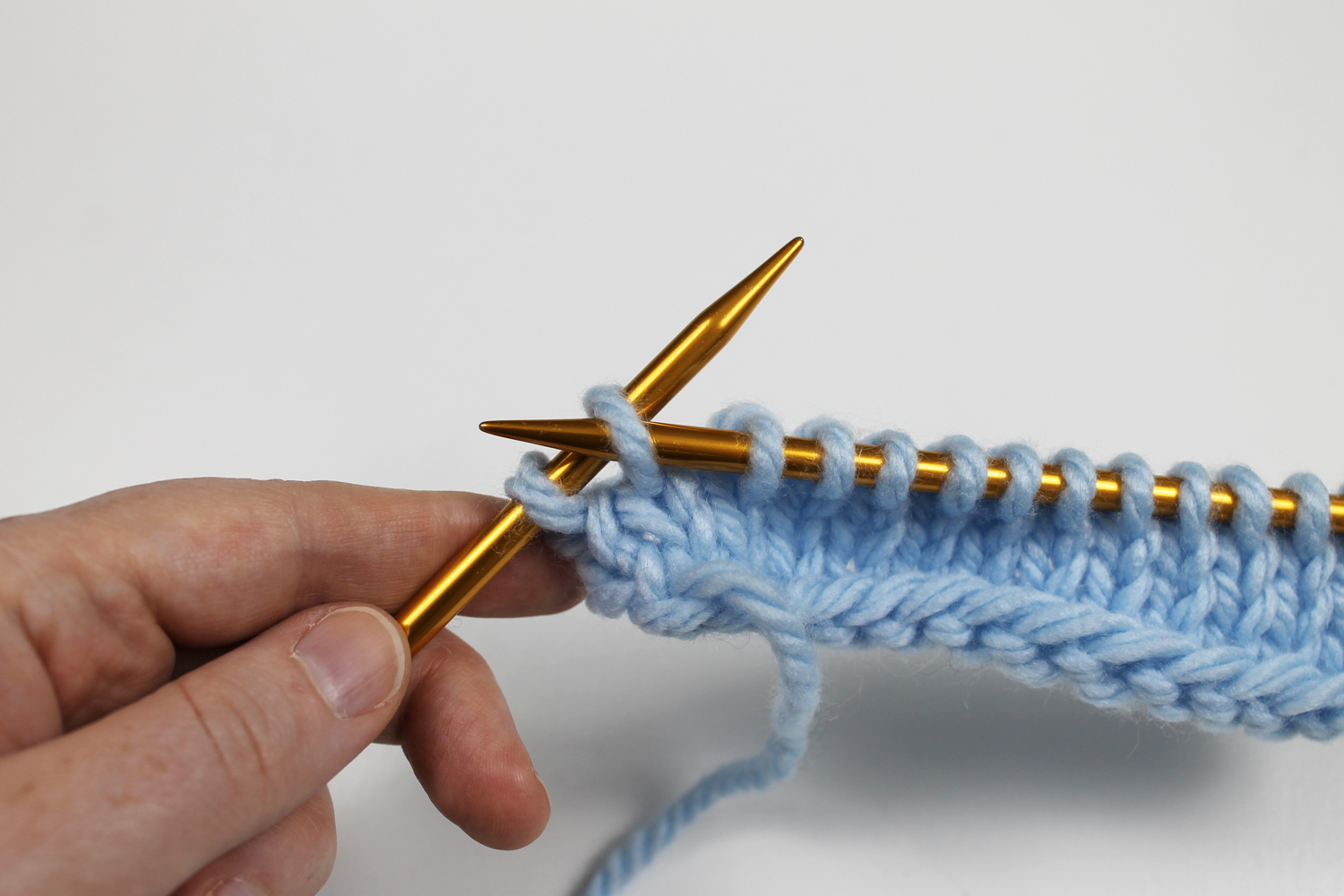Turn Work Knitting - To turn, complete the last stitch of the row and flip the work to begin the next row. After knitting one row, turn your work and knit the next. In pattern instructions, “turn your work” is shortened to “turn.” ← tink. Using the cc, work a row as instructed. Work a backwards yarn over by bringing the working yarn to the back between the needle tips, then over the right needle to the front (photo 2). Web turning involves flipping your project over so that instead of facing one direction (the right side), it will face another. Unless you do something to prevent it, a hole will form at the turning point. She'll teach you how to work the wrap and turn. Both yarns will now be on the same side. 102k views 8 years ago 5 minute or less tutorials.
How to Turn Your Work in Knitting for Beginners What to Do at the End
To turn, complete the last stitch of the row and flip the work to begin the next row. 1k views 1 year ago how to:.
lunaseluna
Web wrap and turn (sometimes abbreviated as w and t) in knitting involves wrapping stitches with the working yarn, turning the work, and coming back.
Knitting Help Wrap and Turn (w&t) Knitting help, Wrap and turn
I promise everything else becomes much easier! On flat knitting, you have to turn your work after you finish every row. Web when knitting, it’s.
Short Rows Wrap and Turn Kelbourne Woolens Wrap And Turn Knitting
After knitting one row, turn your work and knit the next. The turning process may seem confusing at first but once you get used to.
How to Turn Your Work While Knitting. Turning your work while knitting
For more knitting tutorials, visit our blog at. Web whether you are working on circular needles or straight needles, turning your work is the same;.
Turn Your Work When Knitting PurlsAndPixels
What does it mean by turn in knitting? Web working the heel of a sock. Web turning your work is essential for all garments that.
How to Work Short Rows In Knitting Using the Wrap and Turn Method (2
Now you’re ready to knit the next row. After you have cast on all your stitches (or finished a row) in a flat knitting project,.
tutorial Working wrap & turn short rows La Visch Designs
For more knitting tutorials, visit our blog at. Work the next row as instructed in the pattern. Pattern instructions often use “turn” instead of “turn.
Left Handed Knitting Turning Work YouTube
Work the next row as instructed in the pattern. After knitting one row, turn your work and knit the next. Knit across the row until.
Web Wrap And Turn (Sometimes Abbreviated As W And T) In Knitting Involves Wrapping Stitches With The Working Yarn, Turning The Work, And Coming Back To The Wrapped Stitches Later.
Turning your work while knitting enables you to start a new row of knitting when you have reached the end of the row, or to build upon an existing row of knitting for. The next video you'll want to watch shows you how to pick up these wraps when you're finished worki. The turning process may seem confusing at first but once you get used to doing it after practicing for only a few times; Slip the next stitch purlwise.
A Knitting Tutorial On How To Turn The Work Or Knit The Next Row Of Stitches.
Unless you do something to prevent it, a hole will form at the turning point. Now you’re ready to knit the next row. 102k views 8 years ago 5 minute or less tutorials. The wrap and turn works for anything from sock heels to shaping for accessories like the impressive shawl pictured above.
The Tip Of The Needle That Is Full Of Stitches Will Need To Be Turned 180 Degrees And Moved From Your Right Hand Into Your Left Hand.
Web working the heel of a sock. She'll teach you how to work the wrap and turn. 29k views 8 years ago knitting techniques. I promise everything else becomes much easier!
Slide The Work To The Other End Of The Needle.
Short rows allow you to add length or width to just one part of your knitting, shaping it to create darts or gussets in garments, the turn of a heel in socks. The wrap and turn itself. The most basic knit stitch, and an essential one. Move the working yarn between the needles to the opposite position.








